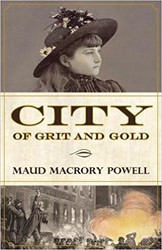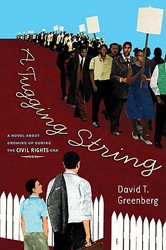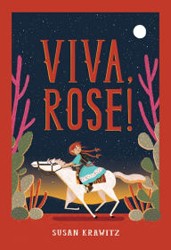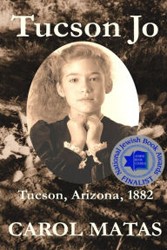The year is 1939 and World War II is raging. Ada lives with her younger brother, Jamie, and Mam, her abusive mother, in a London flat. Ada was born with a clubfoot and Mam frequently insults and mistreats her, keeping her trapped in their dingy apartment. Ada’s only interactions with the outside world occur through the sliver she can view from the apartment window.
As the war worsens, children are sent to stay with families in the countryside. Mam forbids Ada to go, insisting that nobody will want her; but on the day Jamie is set to leave, Ada escapes with him. The unkempt and malnourished siblings struggle to find placement but are ultimately sent to live with a woman named Susan Smith. Susan is grappling with a deep grief of her own, and is initially hesitant about caring for children. However, the three soon forge an incredible bond. Susan helps Ada learn to read, sews her clothing, and most strikingly, hopes to arrange an operation for her foot. At times, Ada does not know what to make of this kindness, often reacting inappropriately.
Ada begins to experience a life she never imagined — she starts caring for a horse, Butter, connects to neighbors in the village, and makes a best friend, the wealthy Maggie Thorton. Yet, Ada is nagged by the feeling that this is all temporary, and soon, Mam’s return threatens her newfound stability. Although there is no Jewish content in this beautifully written book, there is a substantial focus on World War II.
The War I Finally Won, the sequel to The War That Saved My Life, picks up where the first book ended. Now in the permanent care of Susan Smith, Ada finally receives foot surgery, paid for by the Thorton family. Shortly thereafter, Ada and her brother Jamie learn that their Mam has died. Susan’s house has been destroyed, so the three move into a small cottage on the Thorton family’s estate.
As the war rages on, the newly formed family takes in Ruth, a young German Jewish refugee. Initially, Ada is hesitant to befriend Ruth; because she’s German, Ada assumes she’s an enemy. However, as Ruth’s story unfolds, the two develop a kinship, bonding over their challenging circumstances and love of horses. Over the course of the story, Ada realizes the power of adversity, and as the war progresses, comes to question religion, mortality, and truth.
Kimberly Brubaker Bradley’s portrayal of war-torn England is vivid, and includes historical details about everything from food rations to blackout curtains and bomb shelters. Despite the heavier topics here (concentration camps, death, war), young readers will appreciate Ada’s authenticity, growth, and triumphs. The series is highly recommended for readers ages 8 to 12.





